Exterior - south side
Photographed March 26, 2004Select an image to view a larger version




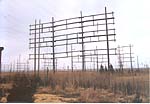
Ocean Gate was a high-frequency (shortwave) radio transmitting station providing telephone communications to ships at sea (high-seas service) and to overseas locations, under callsign WOO. In addition, the June 1958 List of Coast Stations issued by the International Telecommunications Union identifies Ocean Gate Radio (WOO) as "open to correspondence with aircraft", one of 19 US coast stations so authorized.
A local newspaper article from 1930 describes the station's purpose, design and construction.
A drawing dated 1955, with revisions through 1982, shows the site containing 29 rhombic antennas, plus several antennas of other types. A rhombic antenna, which is highly directional, consists of a diamond-shaped loop of wire supported in a horizontal plane by insulators. Some of the rhombics at Ocean Gate were over 700 feet long. Ian Cummings' Rhombic Antenna Home Page offers information about the history, design and use these antennas.
The graphic portion of the drawing shows destinations of Buenos Aires, San Juan, Panama, Bermuda and Rio de Janeiro. The drawing's change notes identify former destinations of Paris, Frankfort, Santiago and London.
A 1970 Long Lines route map shows Ocean Gate having wire-pair carrier cable links going north to the Asbury Park microwave station and south to Ocean Gate's companion site, the shortwave receiving station at Manahawkin.
In 1999, the Federal Communications Commission authorized AT&T to discontinue high-seas service from Ocean Gate and its sister stations at Dixon, CA and Pennsuco, FL. The land containing the antenna field is now a wildlife refuge, managed by the U.S. Fish and Wildlife Service. The building is owned by the local government, Berkeley Township.
 |
 |
 |
 |
 |
 |
 |
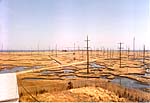 |
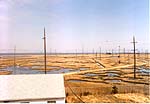 |
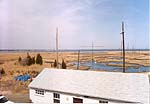 |
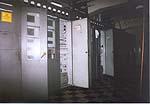 |
 |
 |
|
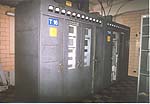 |
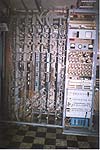 |
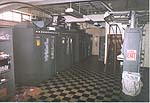 |
 |
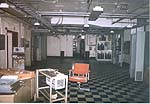 |
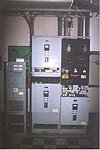 |
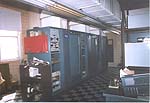 |
 |
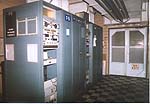 |
 |
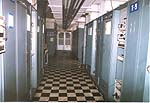 |
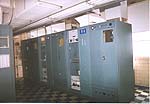 |
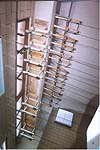 |
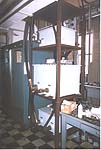 |
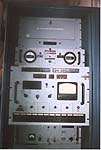 |
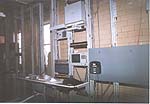 |
 |
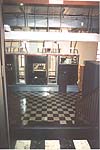 |
 |
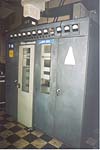 |
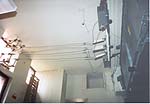 |
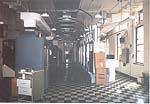 |
 |
 |
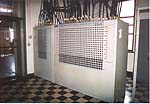 |
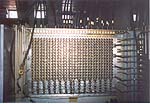 |
 |
 |
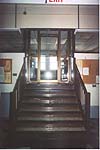 |
 |
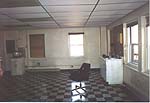 |
Updated on July 23, 2005 at 11:36 by Albert LaFrance